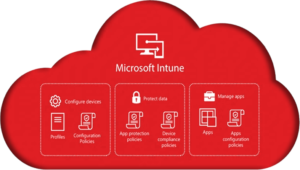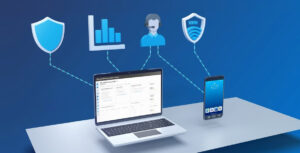Parallels released version four of their popular SCCM plugin. This plugin allows for true Mac management from the SCCM console. Parallels adds a Software Center-like application catalog, as well as the ability to image. This is all available without the need for a PKI infrastructure. For more on Parallels, see these blog posts:
Managing Mac’s using Parallels: Introduction – (windowsmanagementexperts.com)
Managing Mac’s with Parallels: Software and OSD – (windowsmanagementexperts.com)
Managing Mac’s using Parallels: Introducing version 3 – (windowsmanagementexperts.com)
This post will introduce you to version 4.
Upgrading to v4
To upgrade to version 4, simply uninstall the old version of the plugin from your SCCM server and install the new version.
To upgrade clients, create a standard software deployment package using the new client and deploy it to your systems. The new client will use the same client parameters, so there’s no need to set the client back up. It will done automatically.
Task Sequences
The big new feature is actually being able to create a task sequence and execute it on a Mac. Previously, you had to use a fully configured thick image. Thick images, by nature, are difficult to manage and keep updated. Thin, light-weight images that can then have software added to them are a much better way to image machines. Parallels has brought this function to SCCM.
Your packages that you create for Mac’s are added to new Mac task sequences, just like they are with Windows.
As you can see, you can also join a domain, set variables, and set the hostname. While the list of activities is not as great as you have with Windows, it still provides you with the basics required to image a Mac.
This is the domain join step. It’s all self-explanatory, expect for the last field “Allow administrator for groups”. This option allows you to add local administrators to your Mac. These can be AD users or groups. The “Create Mobile Accounts at login” option creates users accounts with the “mobile” option. This option allows users to login to their local account on the Mac while not connected to the domain. I suggest always checking this box for laptops or machines that leave your environment.
Please check out further information from Parallels about their great SCCM plugin at https://parallels.com/products/mac-management/.





